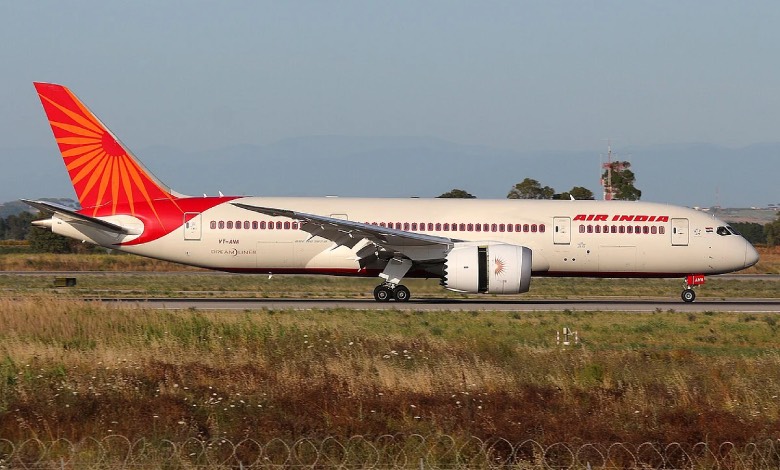Boeing 787 Dreamliner Crash in Ahmedabad: A History of Persistent Failures | Explain
Air India Flight AI171 Crashes, Killing Over 200, Highlighting Ongoing Issues with Boeing’s 787

The tragic crash of Air India’s Boeing 787 Dreamliner, Flight AI171, minutes after departing Ahmedabad’s Sardar Vallabhbhai Patel International Airport on June 12, 2025, has left over 200 dead, according to the Directorate General of Civil Aviation (DGCA). The flight, en route to London with 242 passengers, issued a distress call to air traffic control before losing contact and crashing into a medical college in Meghaninagar. Rescue efforts continue, with former Gujarat Chief Minister Vijay Rupani among the victims, as reported by Business Standard.
The Boeing 787 has faced recurring issues globally. AeroInside documented five incidents this year involving engine, gear, flap, cabin pressure, and altitude problems. Air India’s own history with the 787 includes a December 13, 2024, incident where Flight AI-113 from New Delhi to Birmingham experienced a hydraulic leak in the nose gear during landing, grounding the aircraft for 28 hours.
Boeing 787’s Troubled Track Record
Introduced to Air India’s fleet in 2011, the Boeing 787-8 Dreamliner, a 186-foot aircraft with a 197-foot wingspan, can carry 248 passengers and boasts a 13,530 km range. Powered by General Electric GEnx-1B or Rolls-Royce Trent 100 engines, Boeing claims it has reduced fuel consumption by 25% and enabled 425 new nonstop routes globally. However, its reliability has been questioned.
In 2013, Japan Airlines grounded a 787 after two fuel leaks, while United Airlines reported battery issues, prompting Japan and the U.S. to ground their fleets for review. In India, Boeing advised Air India to avoid flying the Dreamliner near thunderstorms due to engine icing risks, leading to its withdrawal from the Delhi-Tokyo route. That same year, an Air India 787 returned to Delhi after a windshield crack, and two others were grounded due to concerns over their GE engines, which were under U.S. Federal Aviation Administration (FAA) scrutiny.
Within 14 months of its launch, Air India’s 787 fleet logged 136 minor glitches, costing the airline ₹60 lakh daily for substitute aircraft and ₹1.43 crore daily for financing and pilot maintenance, per the Ministry of Civil Aviation’s Rajya Sabha statement. Boeing responded with a 10-day maintenance grounding to implement software and component upgrades. Between 2015 and 2024, Air India’s 787s reported 32 incidents, including engine shutdowns, flight control issues, gear failures, smoke in cabins, communication losses, cracked windshields, cabin pressure problems, turbulence, altitude drops, slat malfunctions, tyre bursts, and hydraulic leaks. Two prior incidents caused injuries but no fatalities—until the Ahmedabad crash.
Whistleblower Raises Alarms
In January 2024, Boeing engineer Sam Salehpour filed a complaint with the FAA, alleging manufacturing shortcuts in the 787 and 777 jets. He claimed crews neglected to fill fuselage gaps, potentially reducing the aircraft’s lifespan, and were pressured to approve uninspected work. The FAA is investigating. In 2021, similar assembly concerns led to a temporary halt in 787 deliveries, but after Boeing implemented manufacturing changes, deliveries resumed without grounding the fleet.
The Ahmedabad crash underscores the persistent challenges with the Boeing 787, raising urgent questions about its safety and reliability.




